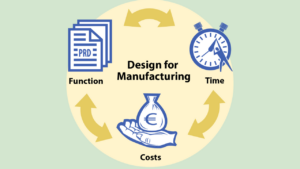In the dynamic world of product development, turning an idea into a tangible reality can be a complex journey. Prototyping and testing emerge as crucial steps in this process, ensuring that innovations meet expectations and exceed them. In this blog, we’ll delve into the realm of prototyping and testing, exploring their significance and how they shape the path from concept to market-ready product.
Prototyping: The Blueprint for Success
Prototyping is the first step in transforming a concept into something tangible. It involves creating a preliminary model or sample of the product to test its feasibility and functionality. Here’s why prototyping is a pivotal part of the product development journey:
- Concept Validation: Prototypes allow designers and engineers to validate the feasibility of their ideas. By creating a physical representation, they can assess whether the concept aligns with their vision and intended functionality.
- Iterative Design: Prototyping is an iterative process. It enables continuous improvement and refinement of the product’s design. Designers can make adjustments, experiment with variations, and fine-tune details until they achieve the desired outcome.
- User Feedback: Prototypes provide a tangible platform for gathering user feedback. Early-stage testing with potential users or stakeholders can uncover insights and preferences that inform further development.
- Risk Mitigation: Identifying potential flaws or issues in a prototype allows for proactive problem-solving. Addressing these challenges early in the process reduces the risk of costly revisions later on.
Testing: Ensuring Performance and Reliability
Once a prototype is developed, it’s time to put it through rigorous testing. Testing is the process of evaluating the prototype’s performance, durability, and reliability. Here’s why testing is an indispensable part of the product development journey:
- Performance Validation: Testing assesses whether the prototype functions as intended. It measures its performance against predetermined criteria to ensure it meets quality and functionality standards.
- Durability Assessment: Products need to withstand real-world conditions. Testing helps determine whether the prototype can endure the wear and tear it will encounter during its lifecycle.
- Safety Assurance: Safety is paramount. Testing ensures that the product poses no harm to users or the environment and complies with regulatory standards.
- Compliance Verification: Depending on the industry and product type, there may be regulatory requirements that the prototype must meet. Testing verifies compliance with these standards.
- Market Confidence: Rigorous testing instills confidence in both manufacturers and consumers. It assures manufacturers that their product is ready for market, while consumers can trust in its reliability and performance.
Conclusion: The Path to Market Success
Prototyping and testing are integral to the product development journey. They transform ideas into reality, refine designs, and ensure that products are not just functional but also safe and reliable. These essential steps reduce risks, increase market readiness, and pave the way for successful product launches. In a world driven by innovation, prototyping and testing are the bridge that connects imagination to market success






